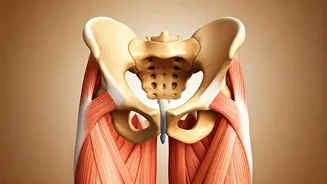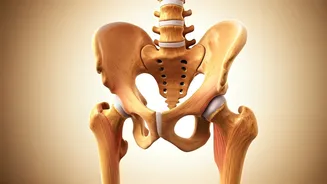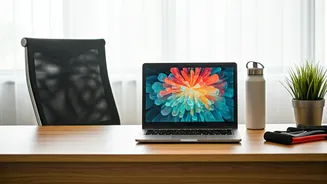Initial Appeal
Massage chairs are increasingly popular, found in various settings and promising quick relief. While they may ease muscle tension and provide comfort,
research indicates their benefits might be limited. This article provides a comprehensive overview of massage chairs, discussing both their advantages and potential drawbacks to help you make informed choices about your back health.
How They Help
Massage chairs provide relief through multiple mechanisms. They boost local blood flow by stimulating both surface and deeper tissues, relaxing muscles, and reducing stiffness, which eases pressure on the spine. Furthermore, they may reduce pain by applying repetitive pressure, potentially inhibiting pain signals via the gate-control theory. These chairs can also reduce stress by lowering cortisol levels, contributing to muscle relaxation and easing discomfort related to poor posture. The convenience of these chairs also encourages consistent use, making them a useful addition to self-care routines.
What the Research Says
Clinical studies have investigated the impact of massage chairs on back pain and related conditions. A noteworthy randomised controlled trial compared the effectiveness and cost-efficiency of mechanical massage chairs versus traditional physiotherapy for lower-back pain. Both groups saw considerable improvements in pain, quality of life, and overall satisfaction in this study of 56 participants. However, the study also highlights that physiotherapy yields superior outcomes.
Limitations & Risks
Despite the benefits, massage chairs have limitations and potential risks. Physiotherapy consistently shows better results for pain relief and functional improvement, making massage chairs a supplementary tool. Many studies on these chairs involve small samples and short durations, making it hard to generalise the results or understand long-term effects. Unlike trained therapists, massage chairs can't adjust for individual anatomy, pre-existing conditions, or specific pain patterns. Frequent use or high-intensity modes can strain muscles or irritate nerves. The long-term ability of these chairs to prevent back problems or change spinal structure is also unclear, with relief often being temporary.
Safe Usage Tips
To use massage chairs safely, consider them as a complement to, not a replacement for, professional therapy. Those with diagnosed spinal conditions should consult a medical specialist before using these chairs regularly. Keep the intensity low and sessions short, with 10 to 15-minute sessions at low or moderate intensity being the safest. High-intensity or prolonged use can irritate muscles or cause imbalance. Ensure you maintain proper posture while using the chair.













